PNNL study finds 2028 grid resource adequacy likely sufficient for high EV penetration; managed charging strategies can double adequacy
Green Car Congress
JULY 30, 2020
A new study of the impact of high EV adoption on the Western US power grid by a team from Pacific Northwest National Laboratory (PNNL) has found that 2028 grid resource adequacy—from generation through transmission—is likely to be sufficient for high EV penetration. million for the WECC.

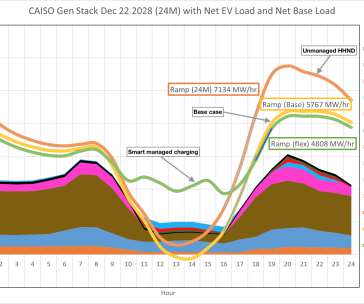
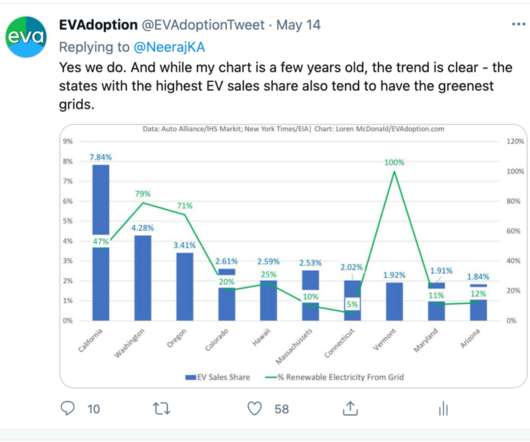
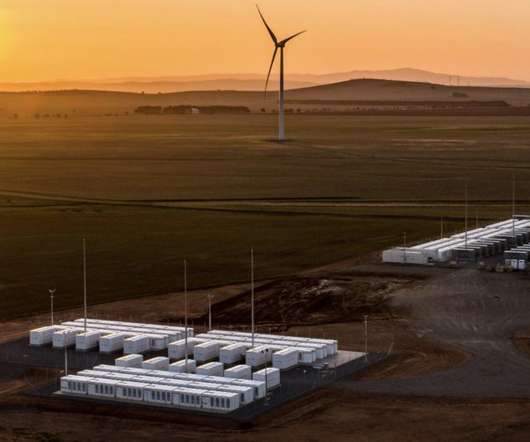





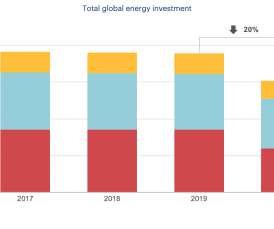

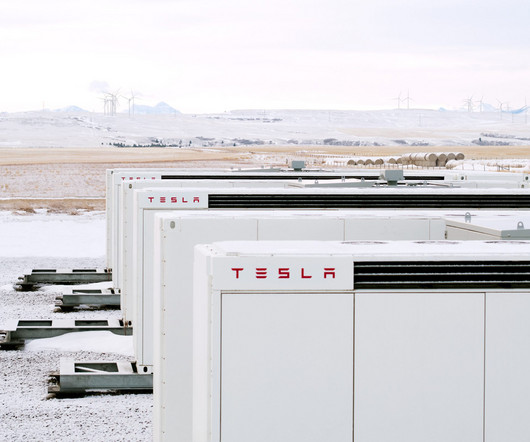





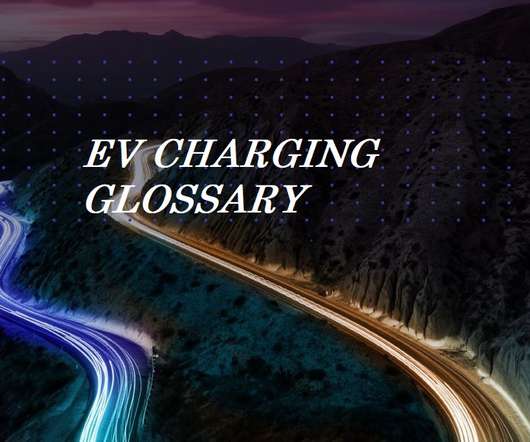




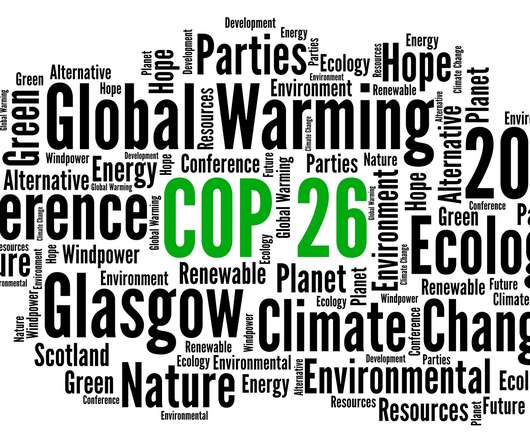


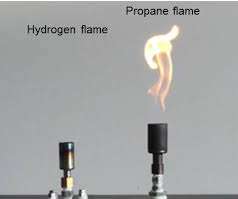




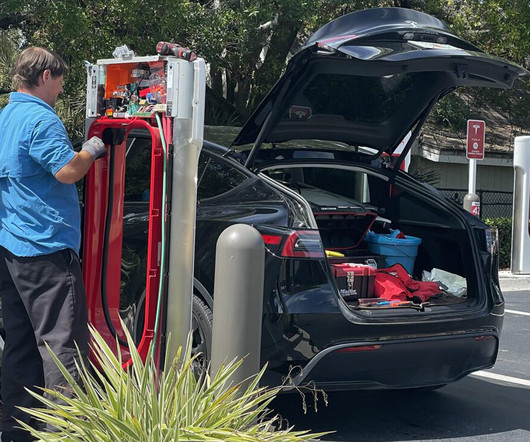


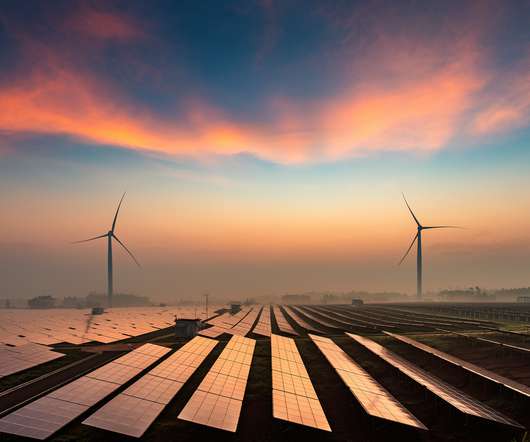







Let's personalize your content